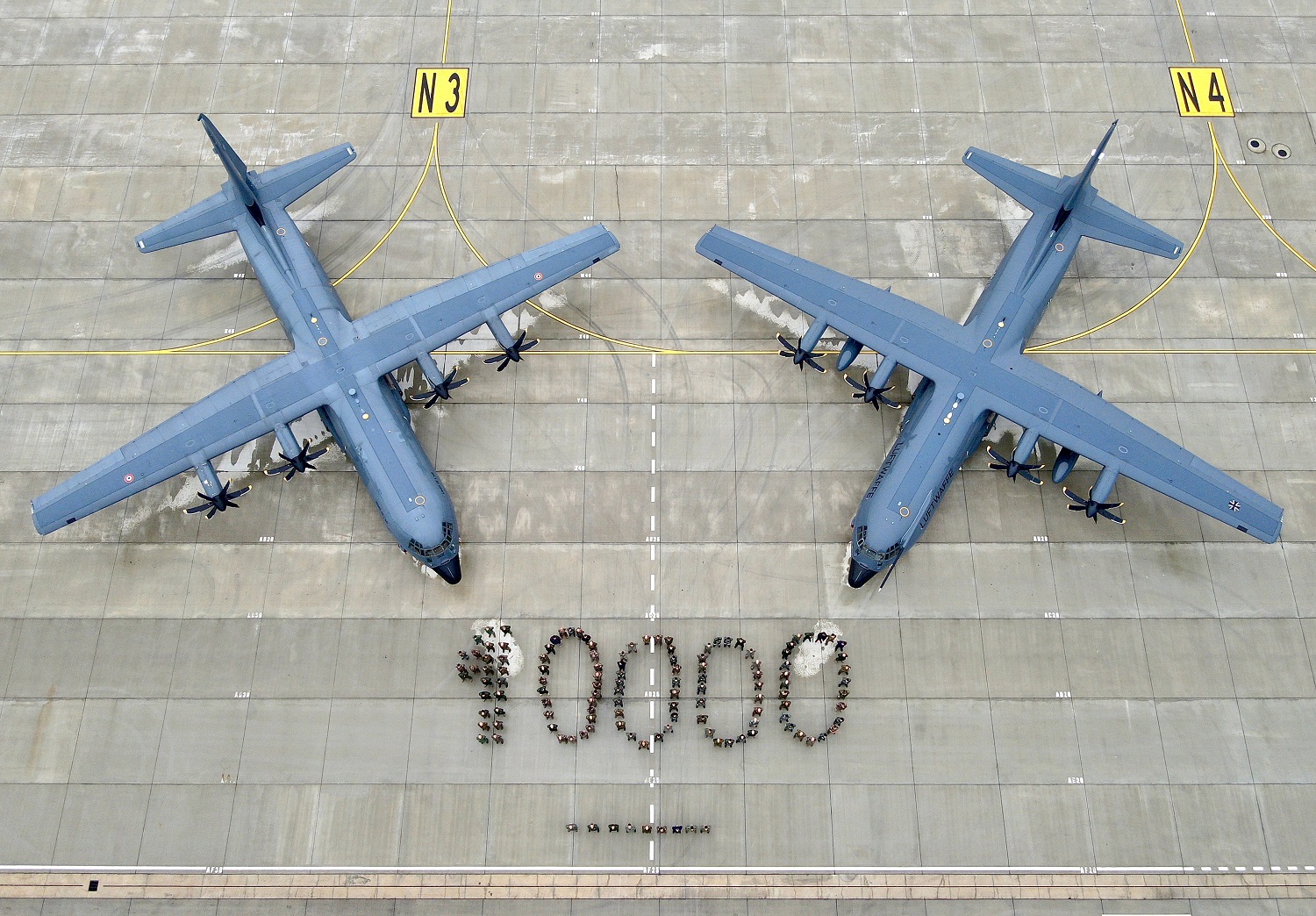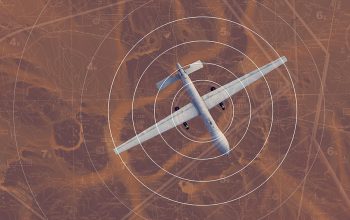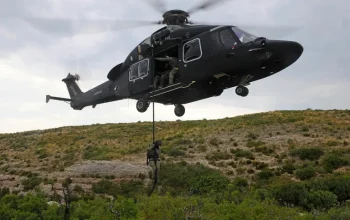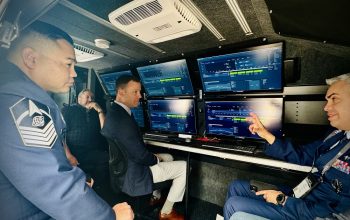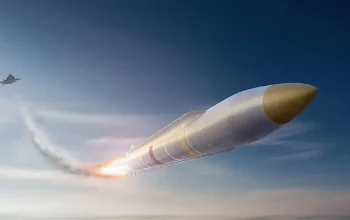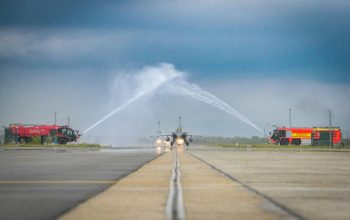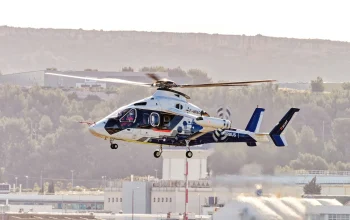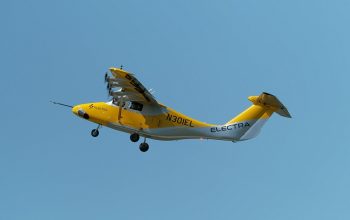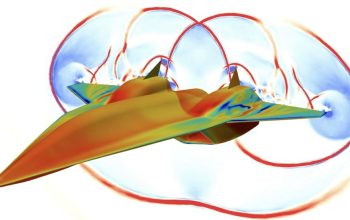In a momentous ceremony held at Evreux airbase in France on November 27th, Major-General Franck Mollard, Commander of the European Air Transport Command (EATC), and Brigadier General Frank Best, Chief of Staff, graced the celebration commemorating the extraordinary achievement of the Binational Air Transport C-130J Squadron, famously known as BATS, for its attainment of 10,000 flying hours. BATS stands as a stellar emblem of the collaborative prowess between the French and German armed forces. Nestled at air base 105 in Evreux, this squadron operates and manages a fleet of ten cutting-edge Lockheed Martin C-130J-30/(K)C-130J Super Hercules aircraft. Upon reaching its full operational capacity, this collective assembly of aircraft is poised to deliver a staggering total of 6,000 flying hours annually, symbolizing a significant leap in tactical air transport capabilities for both nations.
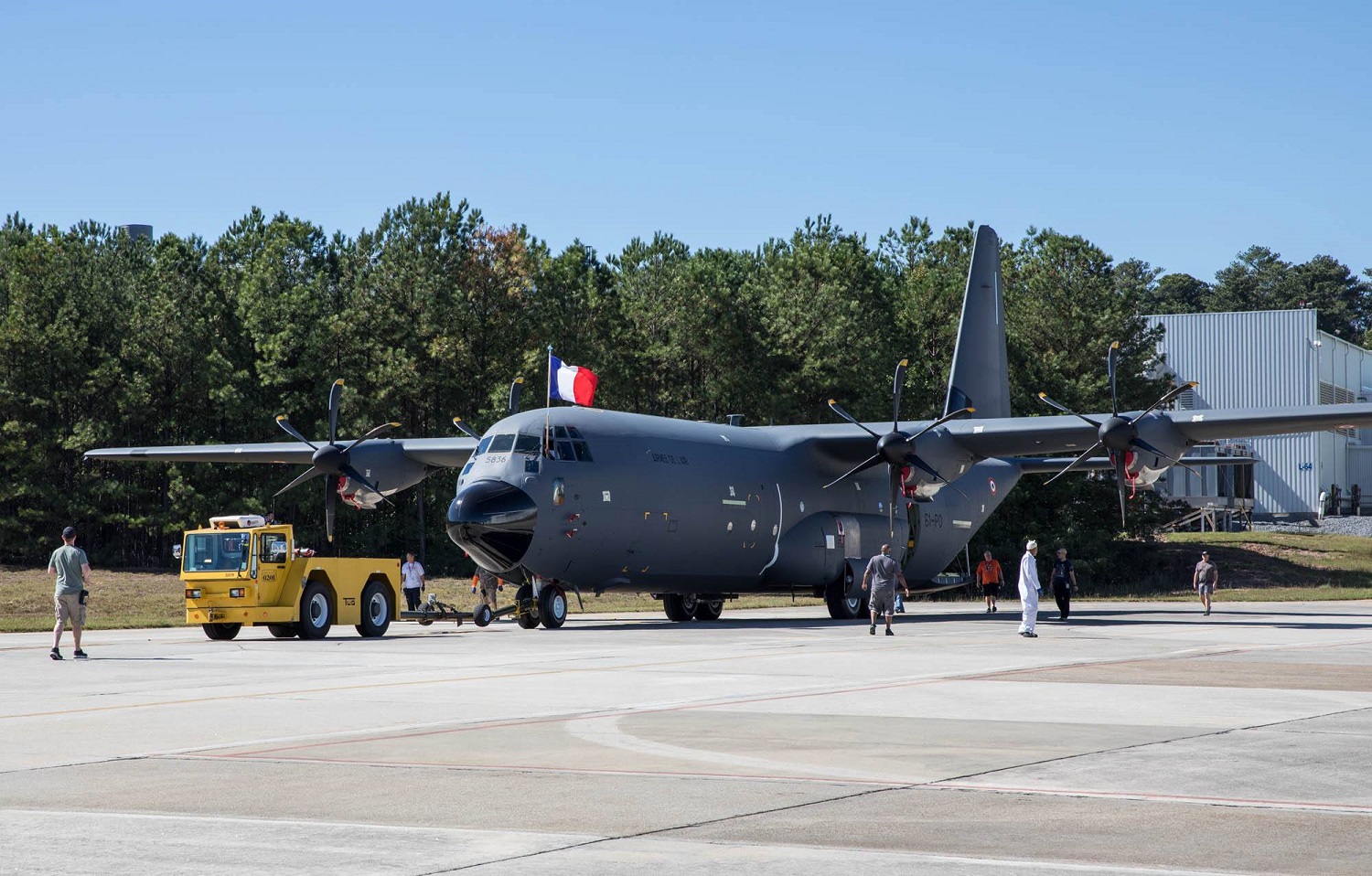
The genesis of this pioneering collaboration dates back to 2016 when France and Germany embarked on an ambitious journey to fortify their partnership in tactical air transport. This visionary quest culminated in a landmark French-German declaration followed by an intergovernmental agreement inked in February 2017, laying the foundation for the inception of the French-German Binational Air Transport Squadron “Rhein/Rhin”. The operational authority vested in the EATC signifies a pivotal aspect of this alliance, wherein operational missions are conducted on behalf of both the French and German armed forces. This strategic alignment enables flights to transcend the limitations of nationality, fostering an environment where mixed aircrews seamlessly execute operational missions worldwide.
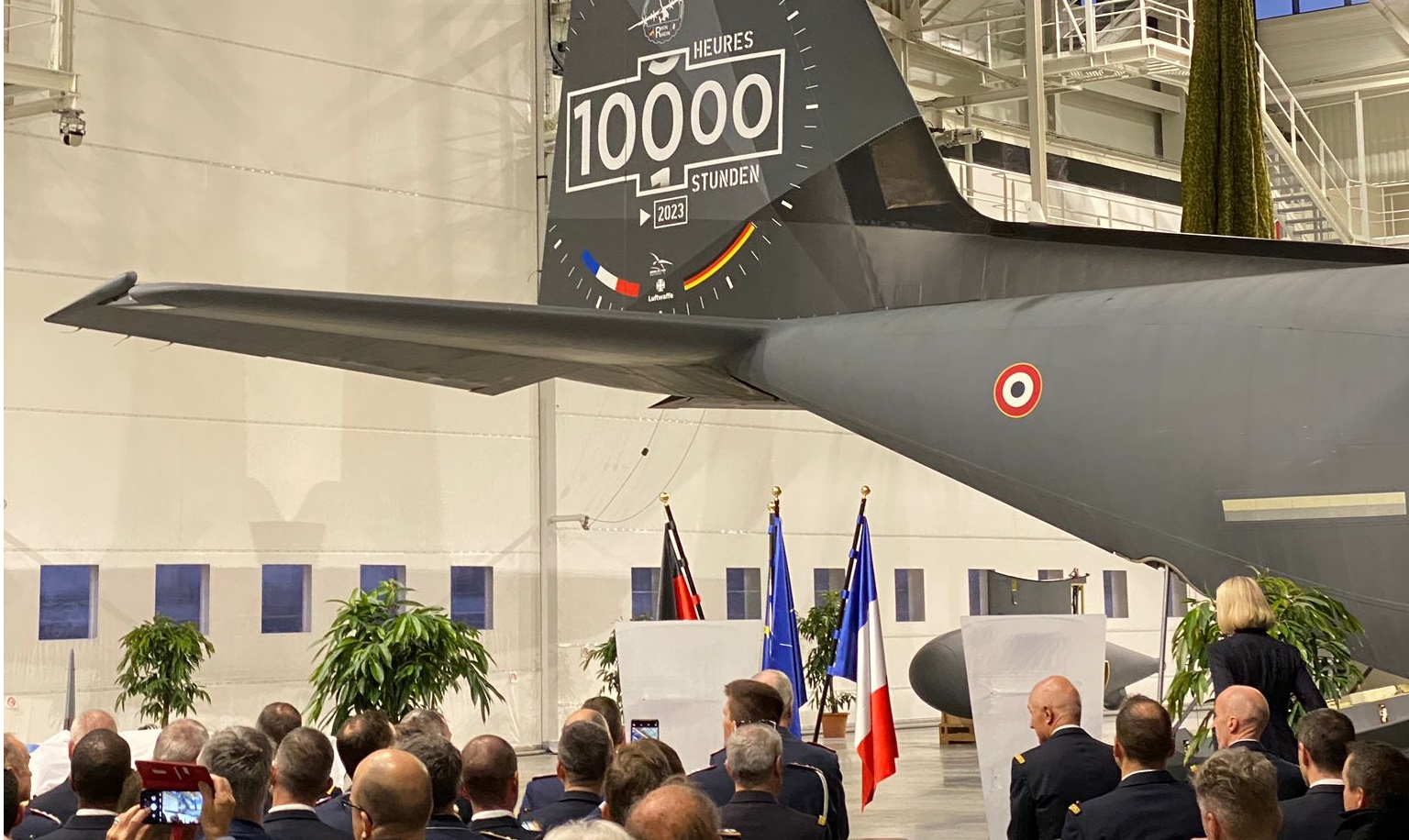
A testament to seamless integration, BATS operates under a unified technical and logistical framework, adhering to common concepts and procedures meticulously crafted in alignment with EATC’s operations manual and a shared concept of operations (CONOPS) adopted by the French and German air forces. Presently, the squadron efficiently operates four French assets while gearing up for the incorporation of the first German C-130, with an additional five German aircraft anticipated to join the ranks in the forthcoming two years. BATS stands as an emblem of bilateral cooperation and operational excellence, embodying the fusion of cutting-edge technology and unwavering dedication towards fortifying the tactical air transport capabilities of both the French and German armed forces.
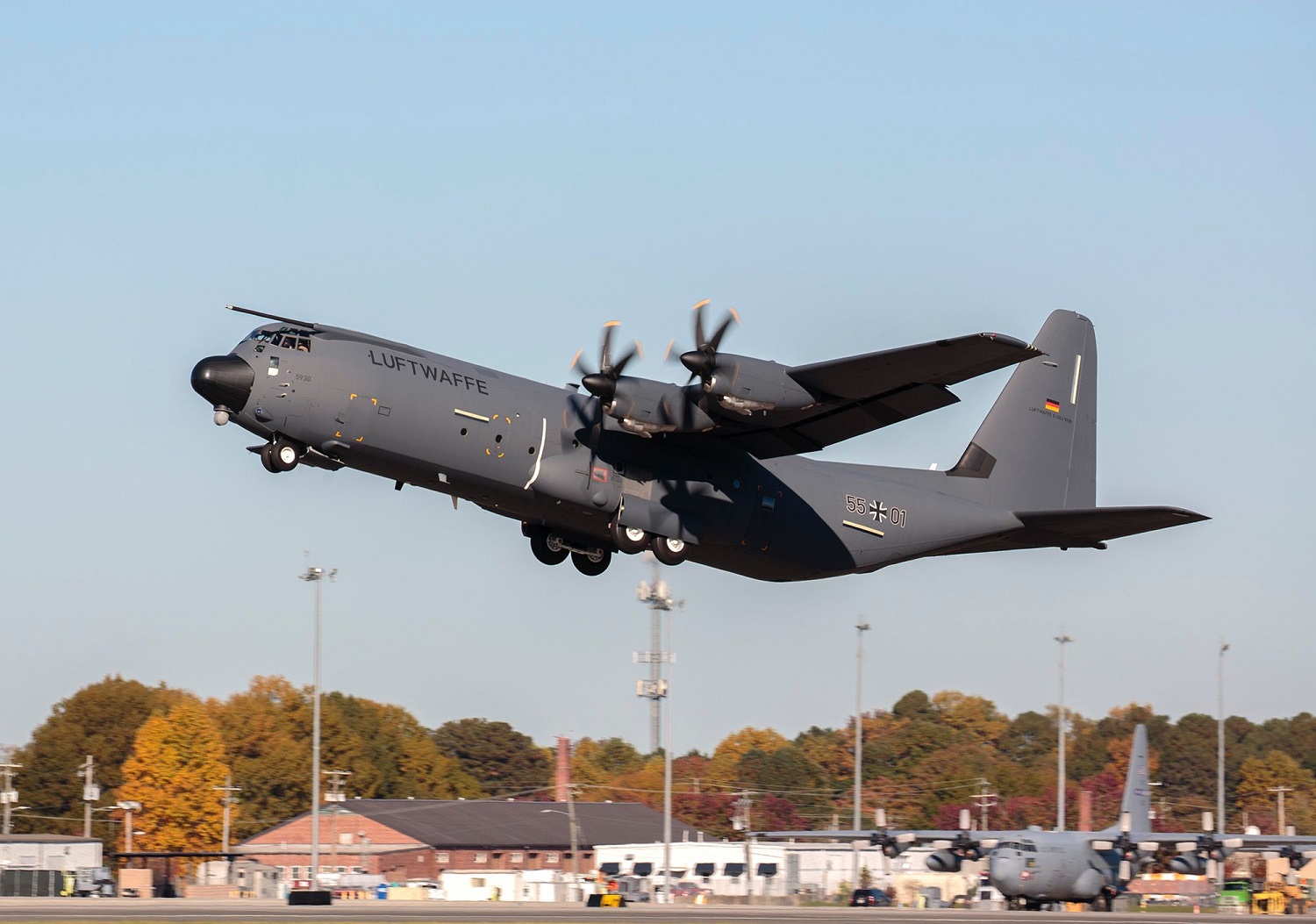
The Lockheed Martin C-130J Super Hercules stands as a pinnacle of technological advancement in military transport aircraft. Boasting new engines, modernized flight decks, and an array of enhanced systems, this model, an evolution of the classic Hercules, has seen a resounding success globally, with over 500 units delivered to 26 operators across 22 countries as of March 2022. Among its defining features are new Rolls-Royce AE 2100 D3 turboprop engines, advanced avionics including head-up displays, and reduced crew requirements. These improvements translate to a 40% increase in range, 21% higher maximum speed, and a 41% reduction in takeoff distance, surpassing its predecessors in performance and efficiency. The aircraft’s versatile cargo compartment, approximately 41 feet in length, 9 feet in height, and 10 feet in width, is equipped with an enhanced cargo handling system.


